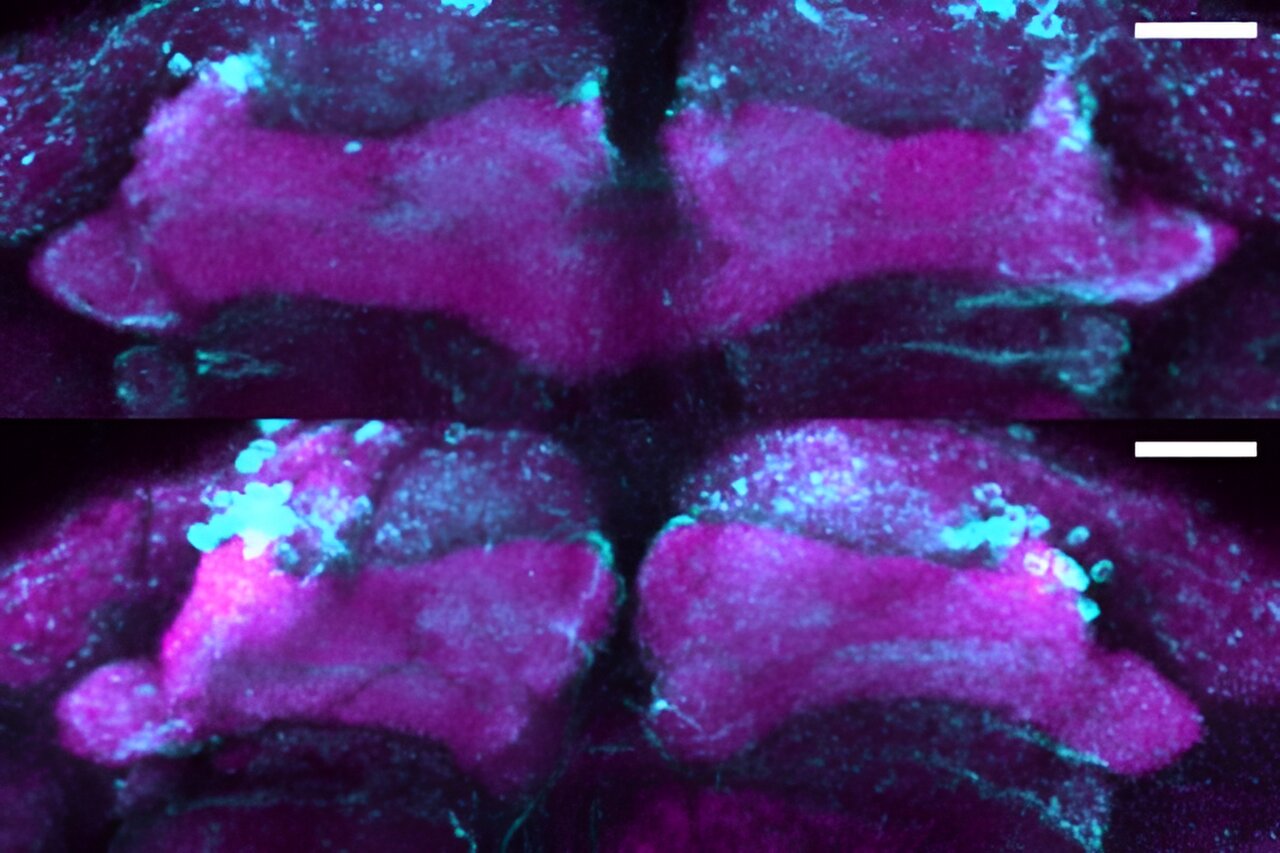Older adults who are more vulnerable to financial scams may have brain changes linked to a higher risk of Alzheimer’s disease, according to a first-of-its-kind study led by researchers at the USC Dornsife College of Letters, Arts and Sciences.
Nearly 7 million Americans are living with Alzheimer’s disease, the fifth leading cause of death among those 65 and older. The disease will carry an estimated $360 billion in health care costs this year alone, according to the Alzheimer’s Association.
Researchers led by Duke Han, professor of psychology and family medicine at USC Dornsife, aimed to better understand the link between early Alzheimer’s disease and financial vulnerability by using high-powered MRI to examine the brains of 97 study participants over age 50.
The scientists focused on the entorhinal cortex, a region that acts as a relay station between the hippocampus — the brain’s learning and memory center — and the medial prefrontal cortex, which regulates emotion, motivation and other cognitive functions. It is often the first region to show changes in Alzheimer’s disease, typically becoming thinner as the disease progresses.
None of the study participants, age 52 to 83, showed clinical signs of cognitive impairment, but all underwent MRI scans to measure the thickness of their entorhinal cortex.
In addition, the researchers used a standardized tool called a Perceived Financial Exploitation Vulnerability Scale (PFVS) to assess the participants’ financial awareness and their susceptibility to poor financial decisions, which they term “financial exploitation vulnerability,” or FEV.
By comparing the adults’ FEV with the thickness of their entorhinal cortex, Han and the team found a significant correlation: Those more vulnerable to financial scams had a thinner entorhinal cortex.
This was especially true for participants age 70 and older. Previous research has linked FEV to mild cognitive impairment, dementia and certain molecular brain changes associated with Alzheimer’s disease.
Han, who holds a joint appointment at Keck School of Medicine of USC, says the findings provide crucial evidence supporting the idea that FEV could be a new clinical tool for detecting cognitive changes in older adults — changes that are often difficult to detect.
“Assessing financial vulnerability in older adults could help identify those who are in the early stages of mild cognitive impairment or dementia, including Alzheimer’s disease,” Han said. He added, however, that financial vulnerability alone is not a definitive indicator of Alzheimer’s disease or other cognitive decline. “But assessing FEV could become part of a broader risk profile,” he said.
Han also noted several limitations of the study. Most participants were older, white, highly educated women, making it difficult to generalize the findings to a more diverse population. Additionally, while the study found a link between entorhinal cortex thickness and FEV, it does not prove one. Finally, the study does not include specific measures of Alzheimer’s disease pathology.
These limitations leave open the possibility that the relationship between FEV and entorhinal cortex thinning could be explained by other factors. Accordingly, Han said that more research, including long-term studies with diverse populations, is needed before FEV can be considered a reliable cognitive assessment tool.

